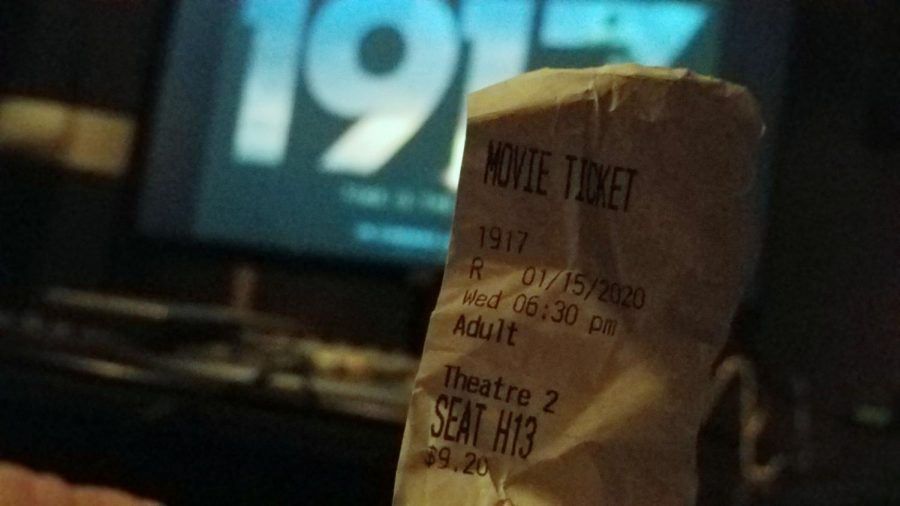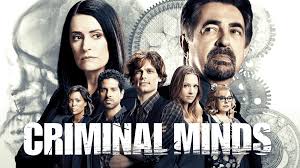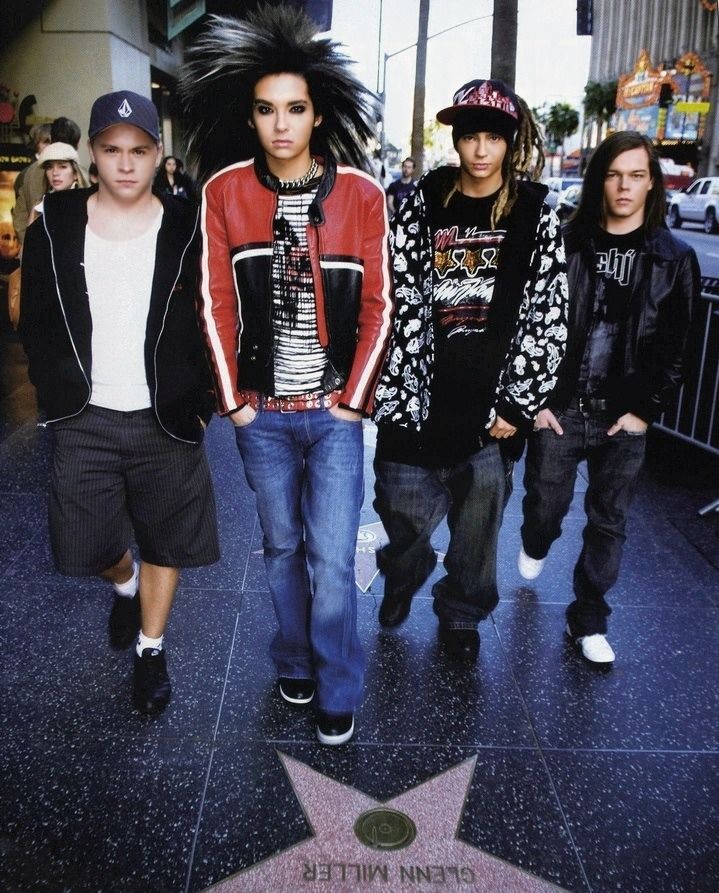1917: The Year’s Best Film
In the closing months of Oscar season, 1917 released Christmas day in seven cities to meet the requirements to qualify. Patiently waiting for it to get its wide release, as this has been my most anticipated film of the year, I finally got my chance to see it when it was released to Amarillo on January 10th. I was finally able to see the film that hooked me from the first trailer that I saw nearly half a year ago, with any time I went to the movies, I got to see it on the big screen. Only finding out recently that 1917 was in a “one-take feel” in which takes are seamlessly stitched together to make the movie feel like it never cuts. After hearing about that, this film became a must-see.
Taking place throughout one night, 1917 follows two Lance Corporals, portrayed by George McKay and Dean Chapman, as they attempt to cross no-mans land and the recently retreated German front line, in an attempt to deliver a message calling off what will be an ambush of sixteen-hundred men. Inspired by the stories that director Sam Mendes’s grandfather told him, the story reflects the entirety of WWI in both tone and pacing. Scenes switch from edge of your seat tension to skin-crawling disturbing, to eerily peaceful.
Scenes switch from edge of your seat tension, to skin-crawling disturbing, to eerily peaceful.
— Tanner Bass
Mendes handles these tone contrasts with perfection, resulting in an effective payoff for the narrative. His passion for the story is no doubt noticed, rehearsals taking place six months prior to shooting. The margin for error was very low to allow for the individual cuts to seamlessly blend into a one-take feel. Editor Lee Smith had the challenge to make these cuts flow and for the most part, they do. Although I did look to see if I could spot the cuts, which I think I saw 80% of them, they really aren’t apparent at all unless you truly look like I did. Still, there are still some that blow my mind as I still can’t figure out how they blended certain shots.
Although the film is in real-time from the character’s perspective, making you assume they stay in the same relative 8-10 miles of land, each setting is distinct and beautiful in their own way. Going from a washed-out muddy no man’s land, to a lush green abandoned farm, to a city on fire. The settings, like the tone, reflect on the many different aspects of the war. The effect of civilian life, the hopelessness of the soldiers fighting a war that’s at a standstill. Every single environment in the film was perfect for the bloody, disgusting war. This environment was perfectly shown through the cinematography.
Fourteen-time Oscar nominee Roger Deakins, known mostly from Blade Runner 2049, was the cinematographer for this film and it was no surprise that it shows. Ignoring the one-take nature, each shot is perfectly framed around the two protagonists, even at some points being tracked onto them. The characters are always at the center of attention, only breaking away to show what’s at their attention. On the one take side of things, it was the perfect tool for the film, making everything feel like it has stakes, the soldiers only have one night to deliver the message, and following them in real-time allows you to feel the sense of urgency and lack of time the soldiers had. It never feels like a gimmick, but a tool necessary to tell the story. The movie wouldn’t have been the same without it. But when the camera work doesn’t get too hectic and the story slows down, this film truly shines.
On the one take side of things, it was the perfect tool for the film…
— Tanner Bass
Its performances drive home those slower moments. McKay and Chapman give the performances of their careers. Both of them get their chances to take the lead while the other respectfully stands back as a supporting actor. With a not to complex script to work off of, they excel off of it. The movie can follow some basic war epic tropes, but it banks on the performances of McKay and Chapman to make the story feel unique and emotionally effective.
The story is the only thing about this film that struggles. Only because it is mostly a simple story does, the 1917 struggles. If not for the strong performances and everything about the production, this film would be as bland as Midway (2019). However, because of everything else being near perfect, you get lost in the story, invested in the mission and message of the film.
The score of the film is mostly just good, nothing sticking out but doing its job. The only amazing pieces were “Mentions in Dispatches” and “Come Back to Us” both playing at the end of the film. Mentions in Dispatches was unique, something that I’ve never quite heard from a war film, and Come Back to Us setting up the emotional payoff that drove home a great ending. The greatest piece of music to come out of this film, however, was the version of “Wayfaring Stranger” sung by one of the soldiers nearing the climax. It one of the best scenes to come out of any film I’ve ever seen. You feel the exhaustion of the main characters and the simplistic camera work pairs perfectly with it. The song, which is sung by an unknown soldier in the film was beautiful, perfect for the tone needed for the scene. The emotional tone of this one scene alone is worth the price of a ticket. It could’ve been its own short film
1917 is a masterclass of cinema, every single thing about the production of the film intertwines perfectly to deliver hands down, the best film of the year. It’s a relatively simplistic story told perfectly through the “one take” it has. Sam Mendes’s hard work and dedication are shown in this one hour and fifty-nine-minute film.With its release only giving six days to spare until the end of 2019, 1917 will easily be marked down in the history books as the greatest war film of the decade, Dunkirk being a close second… 9.8/10

Tanner Bass is a Senior that is in his second year of broadcasting and third year in the Journalism program. He is the editor of the Silver Streak Online...







